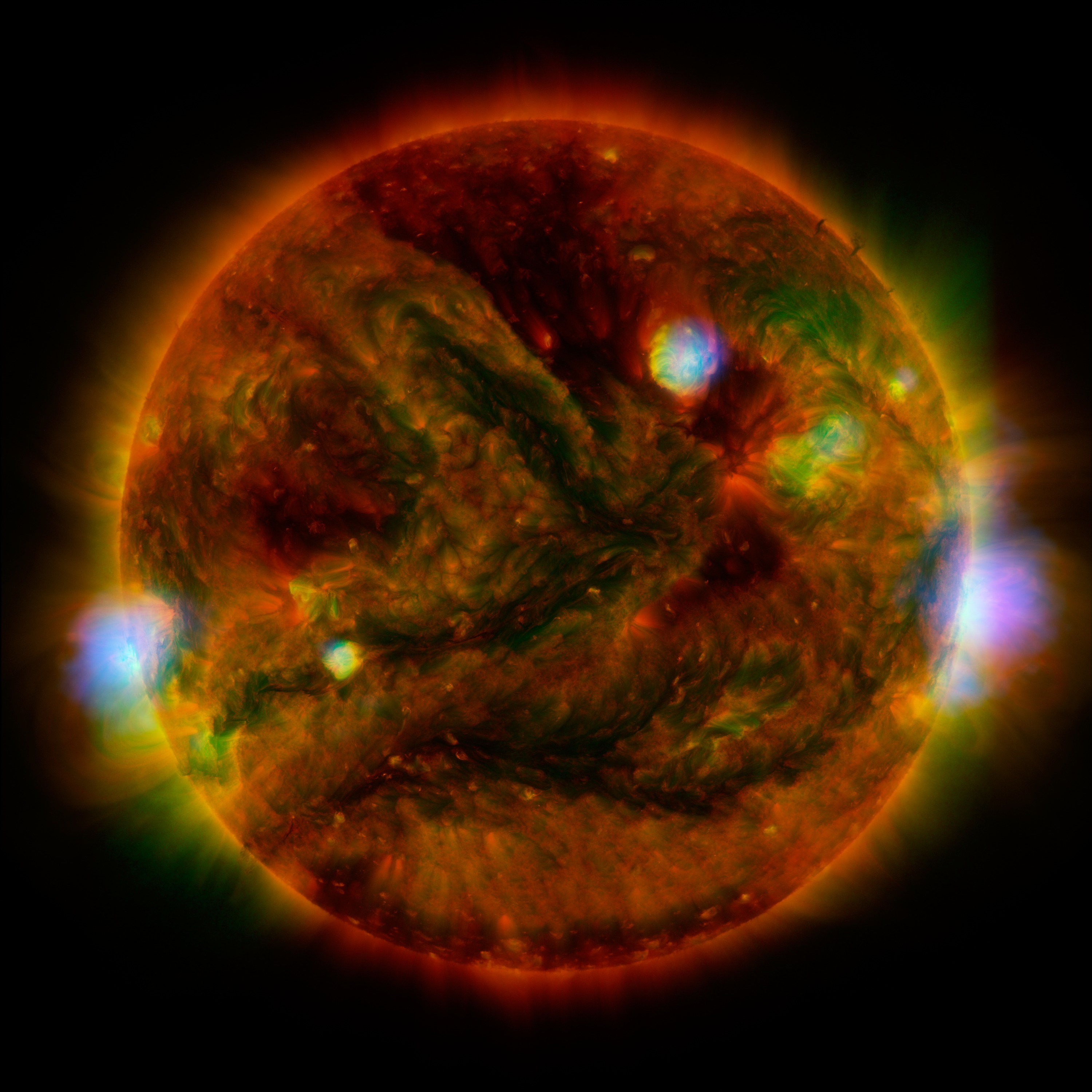NuSTAR
Nuclear Spectroscopic Telescope ARray
NASA’s small explorer satellite NuSTAR was built to observe various X-ray emitting astrophysical objects in the sky. However, it can also be pointed to the Sun, enabling research in high-energy heliophysics.
ROLE OF THE INSTITUTE FOR DATA SCIENCE
> Science: occulted flares and active regions, quiet Sun flares, microflares, axion search
> Computer science: support in data analysis tools
Project lead at I4DS: Säm Krucker
Partners: University of Glasgow, University of Minnessota, UC Santa Cruz, Caltech
Funding: SNF
> Link to initial project
> Link to follow up project
Duration: 2013-2020
Keywords: high-energy physics, solar physics, NASA
SUMMARY
PEOPLE @I4DS WHO WORK ON NUSTAR
OPEN RESOURCES AND RESULTS
VISUALS AND AUDIO
This video highlights a variety of bright points and structures even though the Sun is nearing the minimum of its activity cycle, without any active regions or flares present. NuSTAR gives a unique view of the energetic processes that are present on the quiet Sun, helping to understand how the atmosphere of the Sun is heated. Video courtesy NASA/JPL-Caltech



